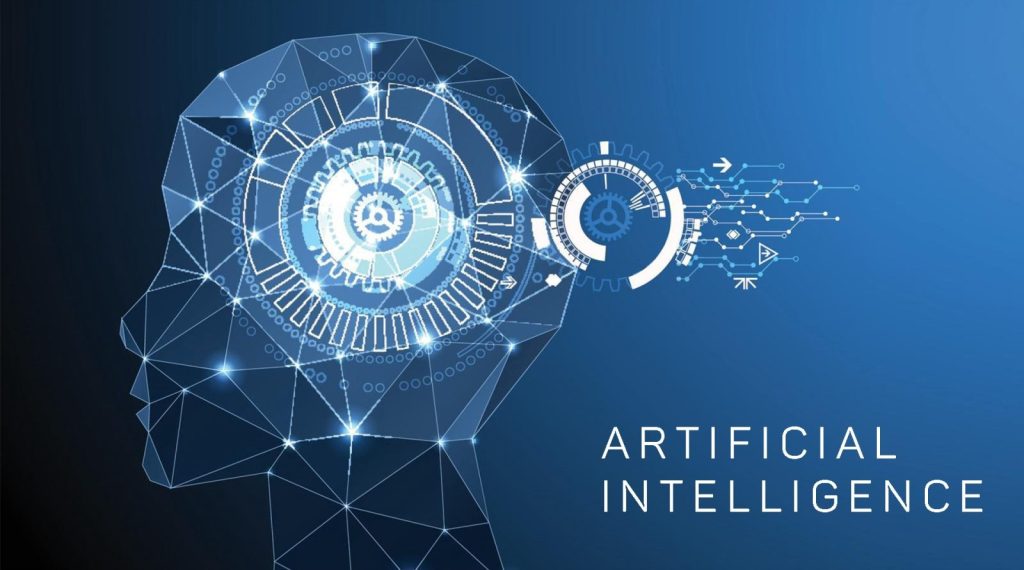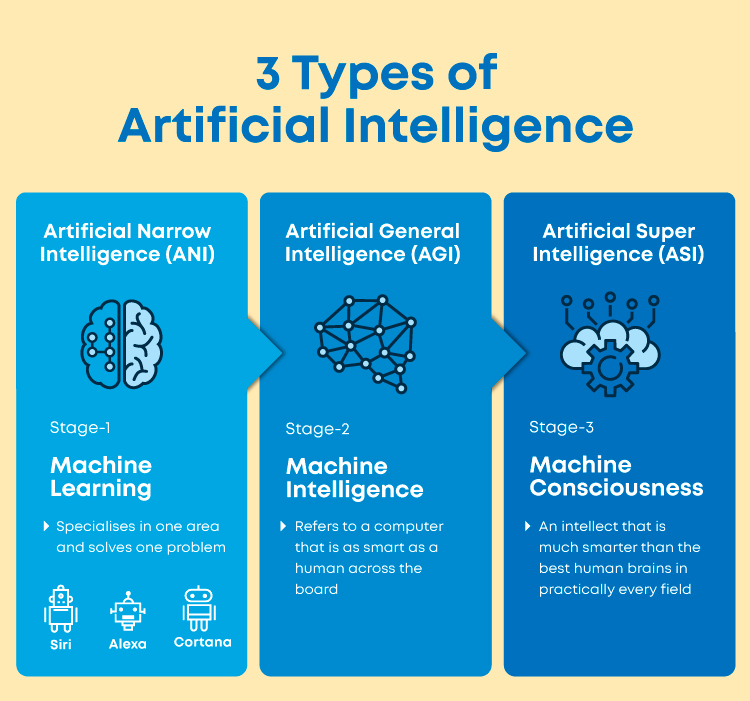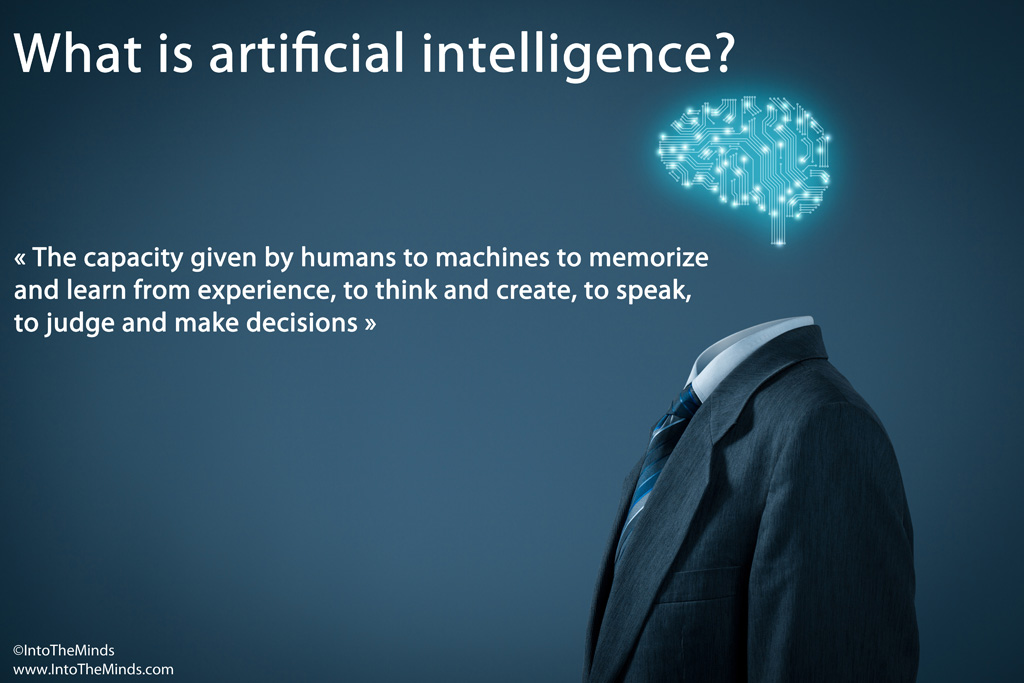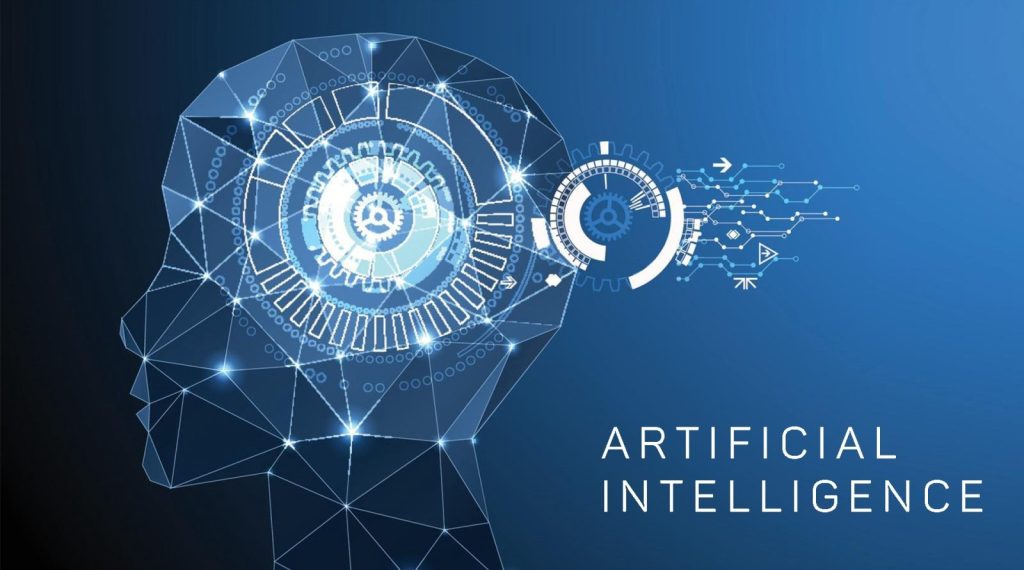AI stands for artificial intelligence, which refers to the simulation of human intelligence in machines that are programmed to think and learn like humans. AI technology can be used to develop systems that can perform tasks that typically require human intelligence, such as visual perception, speech recognition, decision-making, and language translation.

AI in car
AI in cars refers to the use of artificial intelligence technology in the development and operation of automobiles. This can include self-driving cars, which use AI to navigate and make decisions on the road without human input, as well as other advanced features such as adaptive cruise control, lane departure warnings, and automatic emergency braking. AI can also be used in cars for predictive maintenance, to optimize performance and fuel efficiency, and for in-car entertainment and personalization. Additionally, AI can help cars to communicate with each other and with infrastructure, for example to improve traffic flow, and to increase safety on the roads.

AI in website
AI in websites can be used for a variety of purposes such as:
- Personalization – AI can be used to personalize the user experience by providing personalized recommendations, content and advertising.
- Search and Navigation – AI can be used to improve search capabilities by providing more accurate results and natural language processing.
- Chatbots and Virtual Assistants – AI-powered chatbots can help answer customer questions and provide support, handling simple tasks, and directing users to the right resources.
- Security – AI can be used to detect and prevent fraud and other security threats on the website.
- Marketing – AI can be used to analyze customer behavior and preferences, providing insights that can be used to create targeted marketing campaigns.
- Optimization – AI can be used to optimize website performance, for example, by automatically adjusting the layout and content to improve user engagement.
All these examples are few ways AI can be utilized on websites but the usage may vary depending on the business needs and goals.

AI in software
AI in software refers to the use of artificial intelligence technology in the development and operation of software applications. Some examples include:
- Predictive analytics – AI can be used to analyze data and make predictions about future events, such as forecasting sales, identifying potential risks, and detecting patterns in customer behavior.
- Natural Language Processing (NLP) – AI can be used to understand and interpret human language, allowing software to understand commands given in natural language and respond accordingly.
- Computer Vision – AI can be used to process and analyze images and videos, allowing software to recognize and interpret visual information.
- Robotics – AI can be used to control robotic devices, allowing them to perform tasks autonomously.
- Automatic image and video tagging – AI can be used to automatically add tags to images and videos, making them more easily searchable and discoverable.
- Fraud detection – AI can be used to identify and prevent fraudulent activities by analyzing large amounts of data and detecting patterns.
- Virtual personal assistants – AI can be used to create virtual personal assistants that can help users manage their schedule, find information, and perform other tasks.
- Self-driving cars – AI can be used to develop software that enables cars to drive themselves safely and efficiently.
These examples are just a few ways AI can be utilized in software, depending on the business needs, AI can be implemented in various ways to improve the software and make it more efficient.

AI in game
AI in games refers to the use of artificial intelligence technology to create more realistic and engaging gameplay experiences. Some examples include:
- Non-Player Characters (NPCs) – AI can be used to create NPCs that can interact with players in realistic ways, responding to players’ actions and making decisions based on their own goals and motivations.
- Game Environment – AI can be used to create dynamic and realistic game environments, such as weather systems, that change based on the time of day or player actions.
- Game Physics – AI can be used to simulate realistic physics, allowing objects in the game to behave in a more realistic manner.
- Game Difficulty – AI can be used to adjust the difficulty level of a game based on the player’s performance, providing a more challenging or easier experience as needed.
- Game Balancing – AI can be used to create game balancing algorithm, to ensure the game is challenging but not impossible.
- Game optimization – AI can be used to improve game performance by adjusting game settings, such as resolution and texture quality, based on the player’s hardware.
- Game replayability – AI can be used to generate new and unique challenges, such as randomly generated levels, to increase replayability.
- Game prediction – AI can be used to predict player’s next move and adapt the game accordingly, providing more engaging gameplay experience.
These are just a few examples of how AI can be used in games, the implementation may vary depending on the type of game, the genre, and the goals of the game developer.

AI in medicine
AI in medicine refers to the use of artificial intelligence technology in the field of healthcare to improve patient care and outcomes. Some examples include:
- Diagnosis – AI can be used to assist in the diagnosis of diseases by analyzing medical images, such as CT scans and X-rays, and identifying patterns that may indicate the presence of a specific condition.
- Predictive analytics – AI can be used to analyze patient data and make predictions about the likelihood of a patient developing a specific condition or responding to a specific treatment.
- Medical imaging – AI can be used to improve the accuracy and efficiency of medical imaging, such as analyzing X-ray, CT, and MRI scans, identifying patterns and markers that would be hard for humans to spot.
- Robotics – AI can be used to control robotic surgical devices, allowing for more precise and less invasive surgeries.
- Drug discovery – AI can be used to analyze large amounts of data, such as genetic information, to identify potential new drugs and treatment options.
- Electronic Health Records (EHR) – AI can be used to analyze patient data from EHRs and identify patterns that can help to improve patient care.
- Clinical decision support – AI can be used to provide physicians with real-time recommendations and guidance during patient care, such as identifying potential drug interactions.
- Virtual health assistants – AI can be used to create virtual health assistants that can help patients manage their health and wellness by answering questions, scheduling appointments and providing reminders for taking medications.
These are just a few examples of how AI can be used in medicine, the implementation may vary depending on the specific area of healthcare, the hospital or clinic and the goals of the healthcare provider.
AI in satellite
AI in satellites refers to the use of artificial intelligence technology in the development, operation, and analysis of data from satellites. Some examples include:
- Image analysis – AI can be used to analyze images and data from satellites, such as identifying patterns and changes in land use, tracking natural disasters, and monitoring weather conditions.
- Autonomous control – AI can be used to control and operate satellites autonomously, allowing them to perform tasks such as adjusting their orbits, adjusting their instruments, and performing self-diagnostics.
- Predictive maintenance – AI can be used to predict when a satellite component may fail, allowing for preventative maintenance to be performed before an issue occurs.
- Resource optimization – AI can be used to optimize the use of resources such as power and bandwidth on a satellite, to improve its performance and lifespan.
- Data compression – AI can be used to compress the data coming from the satellite, making it more efficient to transmit to ground stations.
- Security – AI can be used to detect and prevent cyber-attacks on satellite systems, securing the communication and data transfer.
- Exploration – AI can be used to control robotic exploration vehicles on other planets, using the data from the satellite to navigate and make decisions.
These are just a few examples of how AI can be used in satellites, the implementation may vary depending on the specific application and mission of the satellite, and the goals of the organization that operate the satellite







